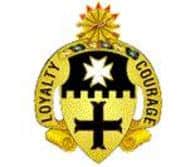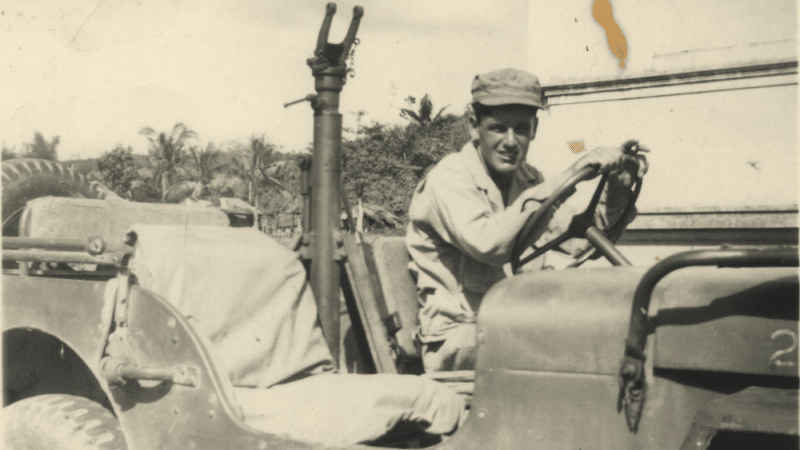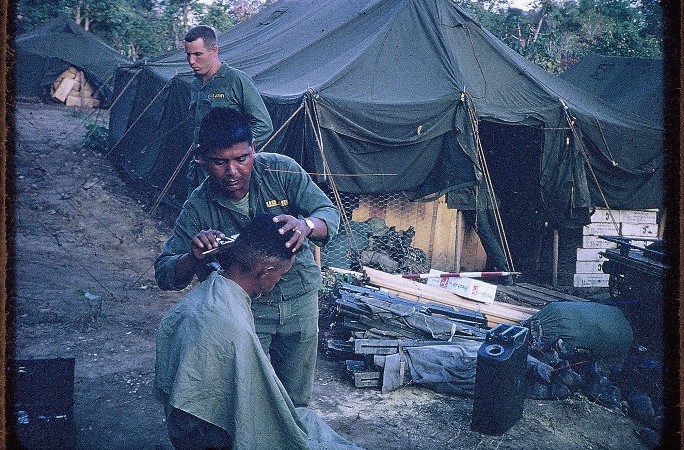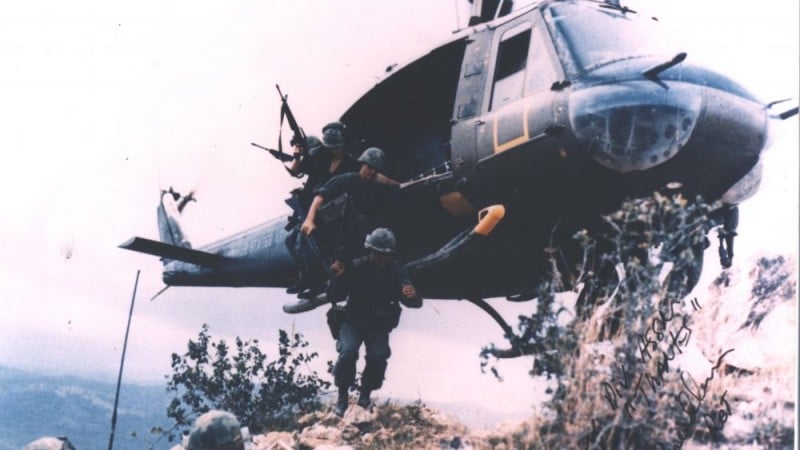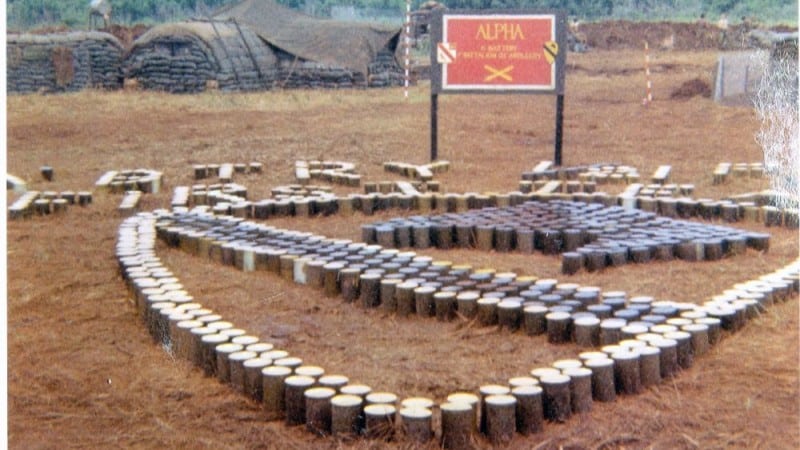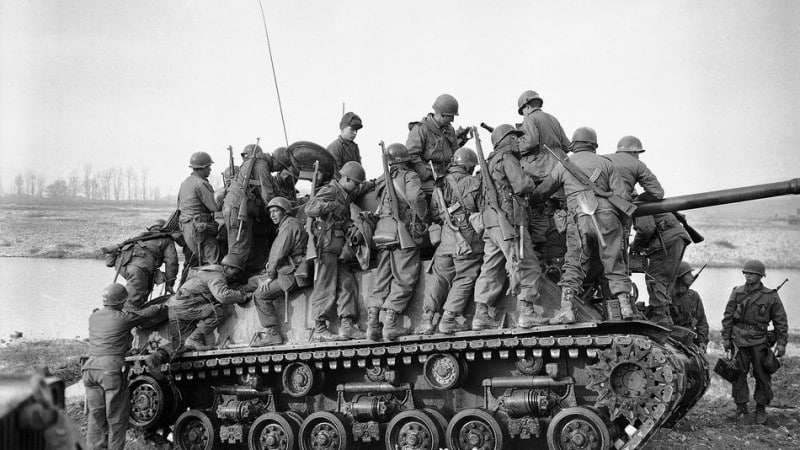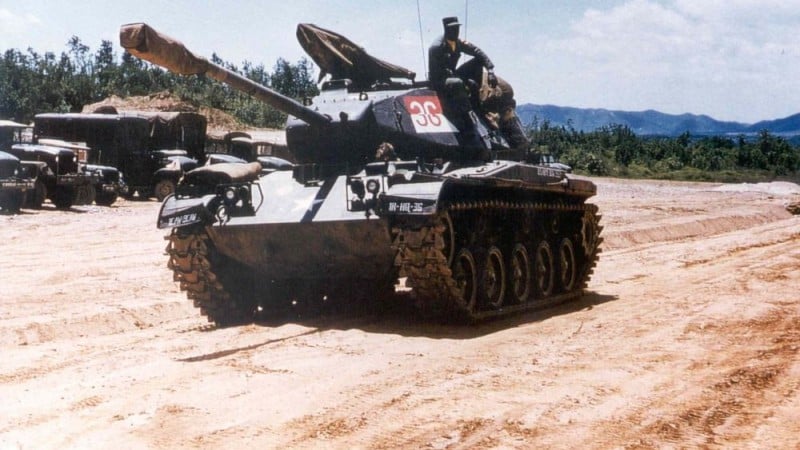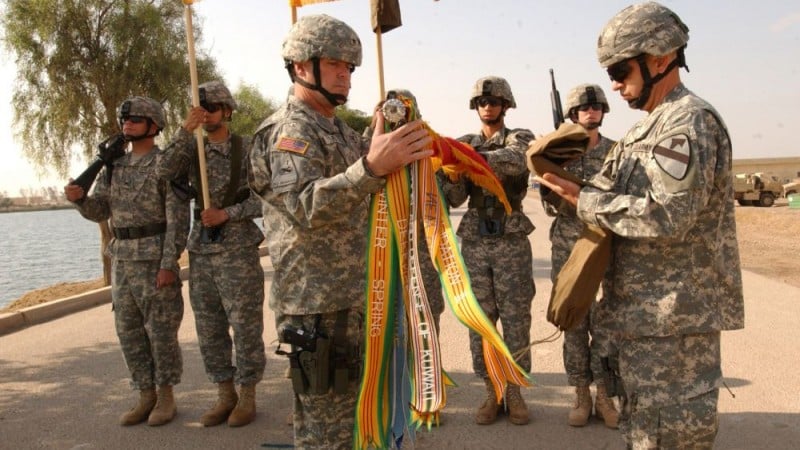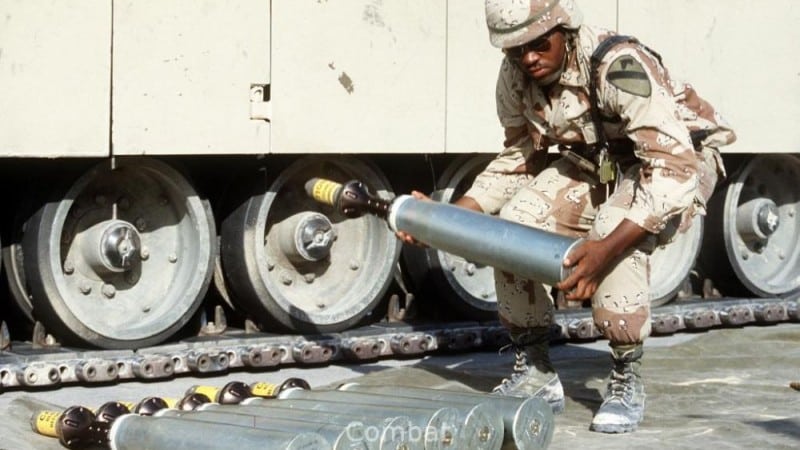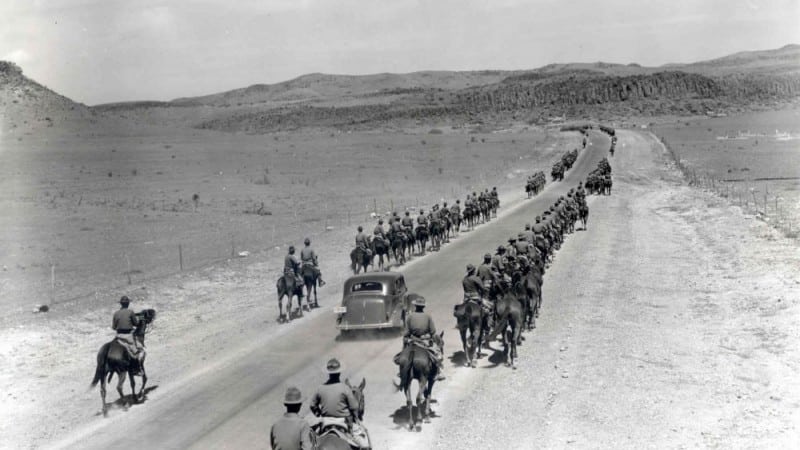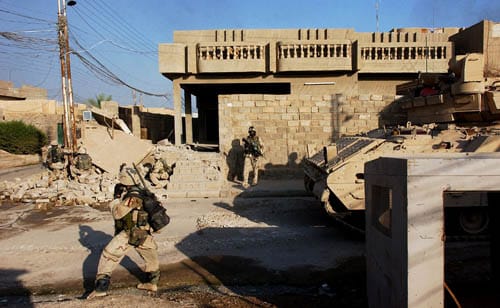5th Cavalry Regiment
Distinctive Unit Insignia and Coat of Arms
Description
A Gold color metal and enamel device 1 7/32 inches (3.10 cm) in height consisting of a coat of arms blazoned as follows: Shield: Or a cross moline Sable, on a chief embattled of the last a Maltese cross Argent.
Crest
On a wreath of the colors (Or and Sable) a bundle of five arrows Sable armed and flighted Gules, tied with a rattlesnake skin having five rattles Proper; the device enclosed within a motto scroll arcing over the top of the shield and inscribed “Loyalty” on the dexter side and “Courage” to sinister in Black letters.
Symbolism
The shield is yellow for Cavalry. The cross moline symbolizes the charged of this Regiment on Longstreet’s troops at Gaines Mills in 1862; a charge which saved the Union artillery and which is characterized by the Regimental historian as “its most distinguished service.” The cross moline is supposed to represent the iron pieces of a mill stone (moulin, the French word Mill). The chief is for the Puerto Rican Expedition of 1898. The original name of the island was San Juan, named for the old knights of St. John who wore a white maltese cross on a black habit. The partition line is embattled to suggest the castle on the Spanish arms. The crest is for the Indian campaigns of the Regiment; the number of arrows corresponds to the numerical designation of the organization.
Background
The distinctive unit insignia was originally approved for the 5th Cavalry on 19 January 1923. It was redesignated for the 5th Cavalry Regiment (Infantry) on 16 December 1953. The insignia was redesignated for the 5th Cavalry on 10 July 1959. It was amended to revise the symbolism on 23 June 1960.
Coat of Arms
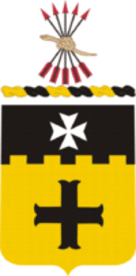
Blazon
Shield: Or a cross moline Sable, on a chief embattled of the last a maltese cross Argent.
Crest: On a wreath of the colors (Or and Sable) a bundle of five arrows Sable armed and flitted Gules, tied with a rattlesnake skin having five rattles Proper.
Motto: LOYALTY AND COURAGE.
Symbolism
Shield: The shield is yellow for Cavalry. The cross moline symbolizes the charge of this Regiment on Longstreet’s troops at Gaines Mills in 1862; a charge which saved the Union artillery and which is characterized by the Regimental historian as “its most distinguished service.” The cross moline is supposed to represent the iron pieces of a mill stone (moulin, the French word Mill). The chief is for the Puerto Rican Expedition of 1898. The original name of the island was San Juan, named for the old knights of St. John who wore a white maltese cross on a black habit. The partition line is embattled to suggest the castle on the Spanish arms.
Crest: The crest is for the Indian campaigns of the Regiment; the number of arrows corresponds to the numerical designation of the organization.
Background: The coat of arms was originally approved for the 5th Cavalry on 11 June 1921. It was redesignated for the 5th Cavalry Regiment (Infantry) on 16 December 1953. The insignia was redesignated for the 5th Cavalry on 10 July 1959. It was amended to revise the symbolism on 23 June 1960.
